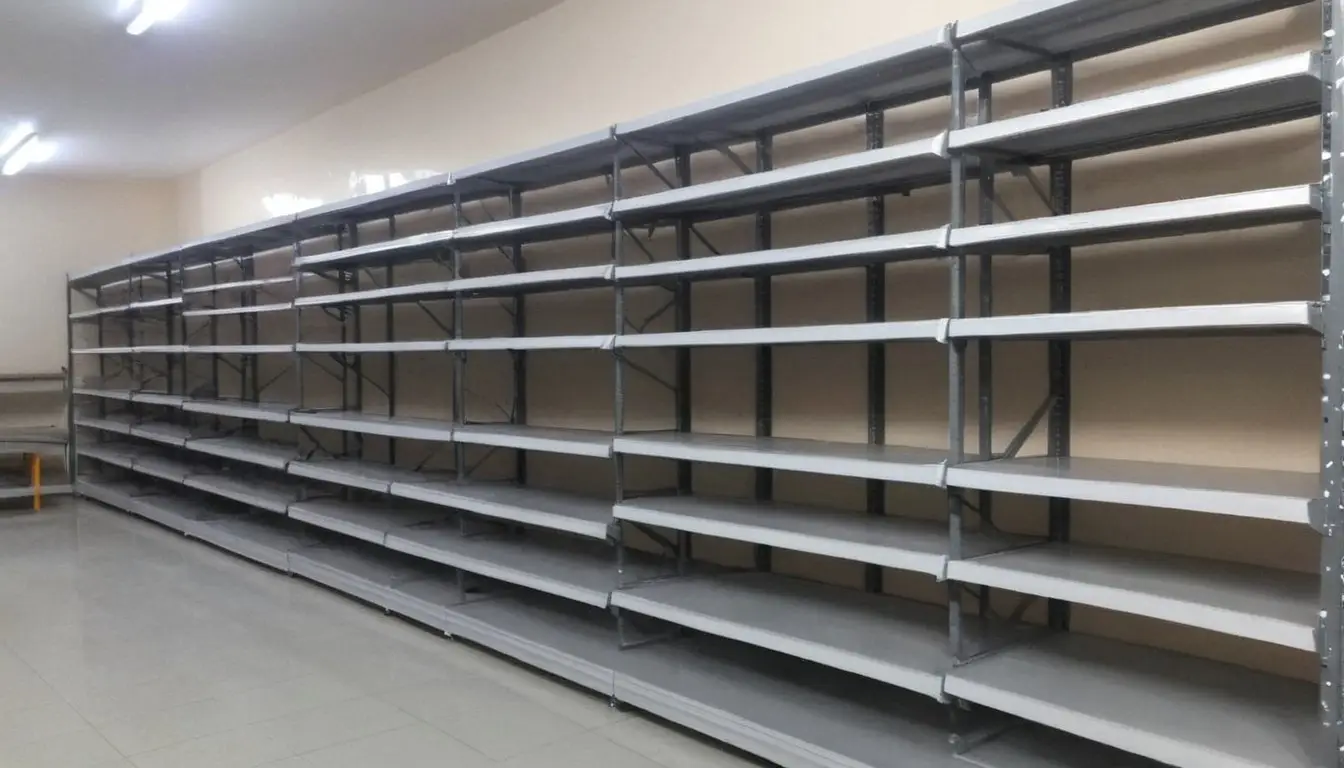
Fiber laser cutting is a modern and efficient method of cutting materials using a high-powered fiber laser. This technology has gained popularity in various industries in Kenya ,due to its precision, speed, and versatility. Mansa Laser elaborates to you some of the key aspects of fiber laser cutting:
- Principle of Operation:
- Fiber laser cutting relies on the amplification of light through optical fibers.
- The laser beam is generated in a resonator and then delivered through a flexible fiber optic cable to the cutting head.
- Materials Cut:
- Fiber lasers are suitable for cutting a wide range of materials, including metals (such as steel, aluminum, brass, and copper), as well as some non-metallic materials like plastics and composites.
- Precision and Accuracy:
- Fiber lasers offer high precision and accuracy in cutting, making them ideal for applications that require intricate and detailed designs.
- The focused laser beam allows for narrow kerf widths, minimizing material waste.
- Speed and Productivity:
- Fiber laser cutting is known for its high cutting speeds, contributing to increased productivity in manufacturing processes.
- The rapid movement of the laser head and the ability to process thin to thick materials efficiently make fiber lasers suitable for various production requirements.
- Versatility:
- Fiber lasers can perform various cutting tasks, including straight cuts, curves, and complex shapes, making them versatile for different applications.
- They are also capable of marking and engraving materials.
- Reduced Maintenance:
- Fiber lasers generally have a longer lifespan and require less maintenance compared to other types of lasers, such as CO2 lasers.
- Energy Efficiency:
- Fiber lasers are more energy-efficient than some other laser cutting technologies, contributing to lower operational costs.
- Applications:
- Fiber laser cutting finds applications in industries such as automotive, aerospace, electronics, medical device manufacturing, and sheet metal fabrication.
- Automation Integration:
- Fiber laser cutting machines can often be integrated into automated production lines, further enhancing efficiency and reducing labor costs.
- Environmental Impact:
- Compared to some traditional cutting methods, fiber laser cutting is considered more environmentally friendly, as it produces minimal waste and has lower energy consumption.





EAXgwWGOVyNuLn
March 14, 2024kybIuMsgzWRHF
nUzklSYJrG
April 1, 2024VAMPjcdRtrXk
EAXgwWGOVyNuLn
March 14, 2024YDALixwruMCFZp
wmrUtEFWMbgjkLB
March 18, 2024PHWufQyLBFAa
wmrUtEFWMbgjkLB
March 18, 2024nFPaDCZxp
nUzklSYJrG
April 1, 2024ZuyeXAvrCnmkchY
BieWVgfKX
April 5, 2024dpOSIGqtjaPioXVE
BieWVgfKX
April 5, 2024oqLTRXZaDBpmbYU
WvhIkymxfS
April 10, 2024eDvBRjdk
WvhIkymxfS
April 10, 2024krJpjKxU